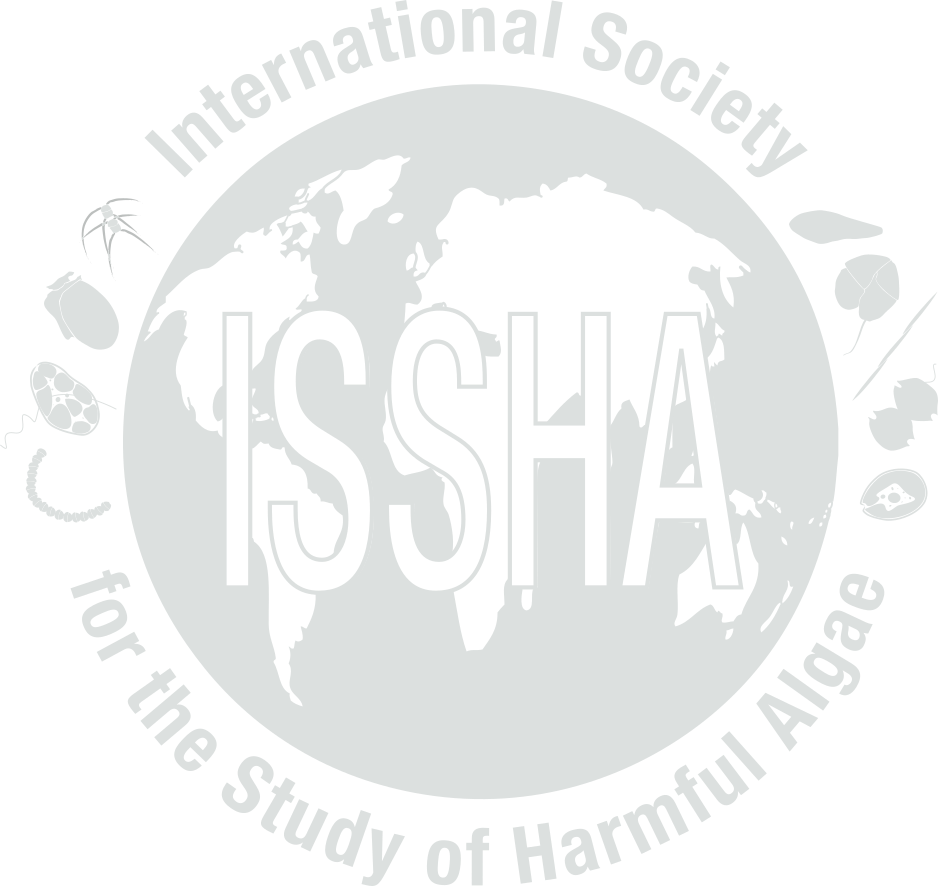


| Event name: | US-13-010 | |
| Country: | UNITED STATES | |
|
Nature of the harmful event: |
Water Discoloration , High Phyto concentration , Seafood toxins , Mass mortalities | |
|
Event directly affected: |
Planktonic life , Natural Fish , Birds , Shellfish , Aquatic Mammals | |
| Toxicity detected: | Yes (Approximate range: 20.67-205.34 µg / 100 g shelfish) | |
| Associated syndrome: | NSP , Aerosolized toxins effects | |
| Unexplained toxicity: | No | |
| Species implicated in toxin transmission (transvector): | no human intoxications | |
| Report the outcome of a monitoring programme: | Yes (FWC/FWRI HAB Monitoring Program) | |
| Event occurred before in this location: | Yes (Historically, Karenia brevis blooms occur in SW Florida shelf almost annually usually beginning in summer or fall.) | |
| Individuals to contact: | SCOTT, Paula | |
| Location: | Latitude: 27.821667, Longitude: | |
| General location information: |
SW Florida, HAB Area code(s): US-16 |
|
| Additional location information: | Gulf of Mexico (including inshore bays, estuaries and sounds) 106 miles n to s and 40 miles w to e; patchy distribution throughout the spring and fall. | |
| Bloom event dates (yyyy/mm/dd): | Start: 2013-09-27, End: 2013-12-02 | |
| Quarantine levels dates (yyyy/mm/dd): | ||
| Additional date-related information: | ||
| Causative organism known: | Yes | |
| Causative Species/Genus: |
Karenia brevis
(1,821,000 cells/L)
|
|
| Co-Ocurring Species/Genus: | ||
| Chlorophyll concentration, if known: | µg/l | |
| Additional bloom information: | ||
| Event-related bibliography: | Foley, A., Stacy, B. A., Schueller, P., Flewelling, L. J., Schroeder, B., Minch, K., Fauquier, D. A., Foote, J. J., Manire, C., Atwood, K. E., Granholm, A. A., Landsberg, J. H., 2019. Assessing Karenia brevis red tide as a mortality factor of sea turtles in Florida. Dis. Aquat. Org. 132, 109–124. | |
|
||||||||||||||||||||||||||
| Nutrient information: | ||||||||||||||||||||||||||
| Temperature Range During Event: | Max: 37.4 °C, Min: 12.3 °C | |||||||||||||||||||||||||
| Salinity Range During Event: | Max: 42.4, Min: 19.3 | |||||||||||||||||||||||||
| Bloom location in the water column: | Whole column | |||||||||||||||||||||||||
| Growth: | Advected | |||||||||||||||||||||||||
| Growth Comments | ||||||||||||||||||||||||||
| Additional Environmental information: | ||||||||||||||||||||||||||
|
||||||||||||
| Kit used: No | Type of kit used: | |||||||||||
| Additional information: | all clams and oysters that were released from quarantine harvest was <20 µg/100 g shellfish | |||||||||||
| Economic losses: | unknown | |||||||||||
| Management decision: | shellfish harvesting area closures until Karenia brevis cell counts fell below 5,000 cels/L and shellfish NSP fell below 20 µg/100g | |||||||||||
| Additional harmful effect information: | reports of respiratory irritation throughout affected bloom areas | |||||||||||
